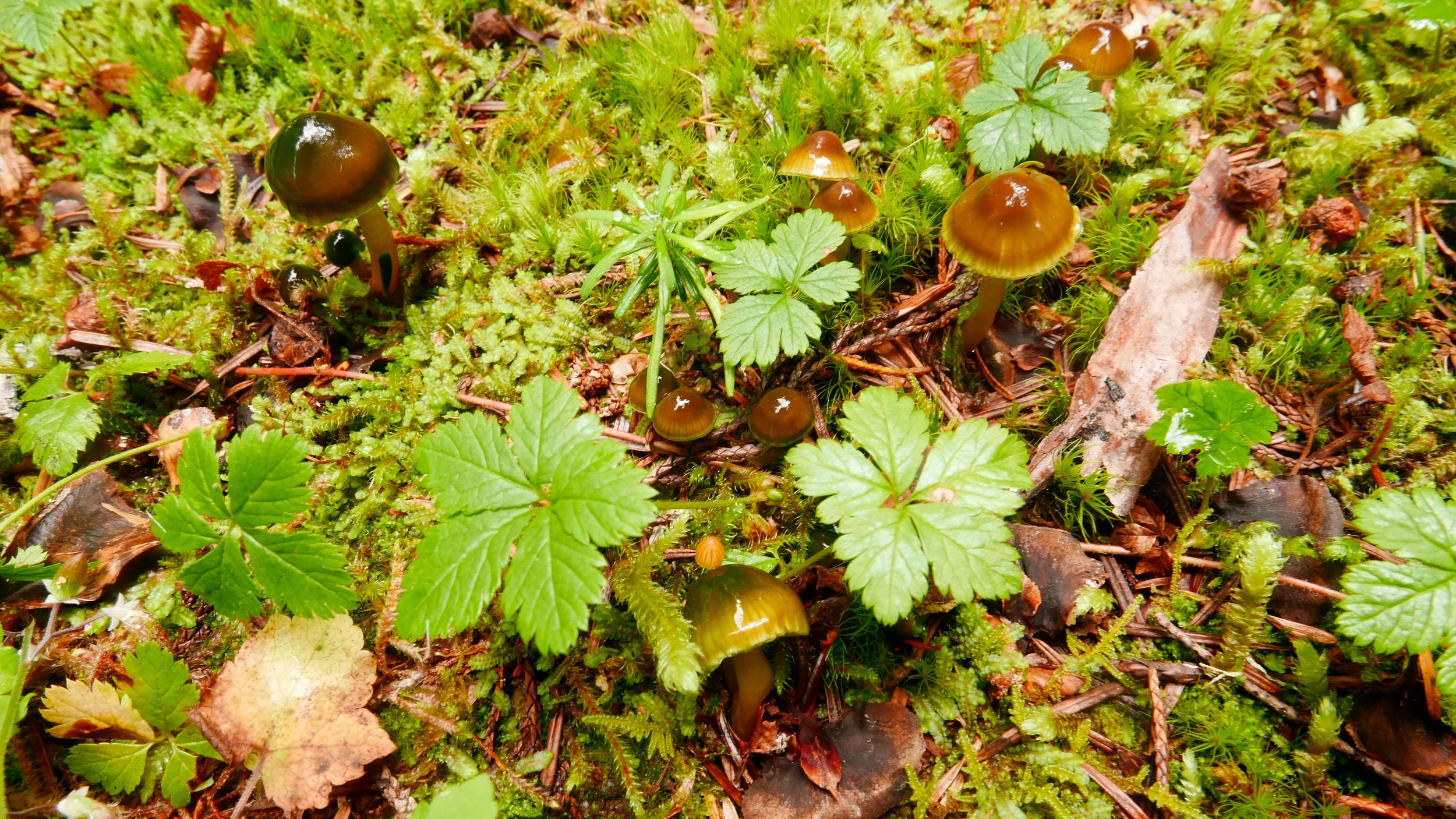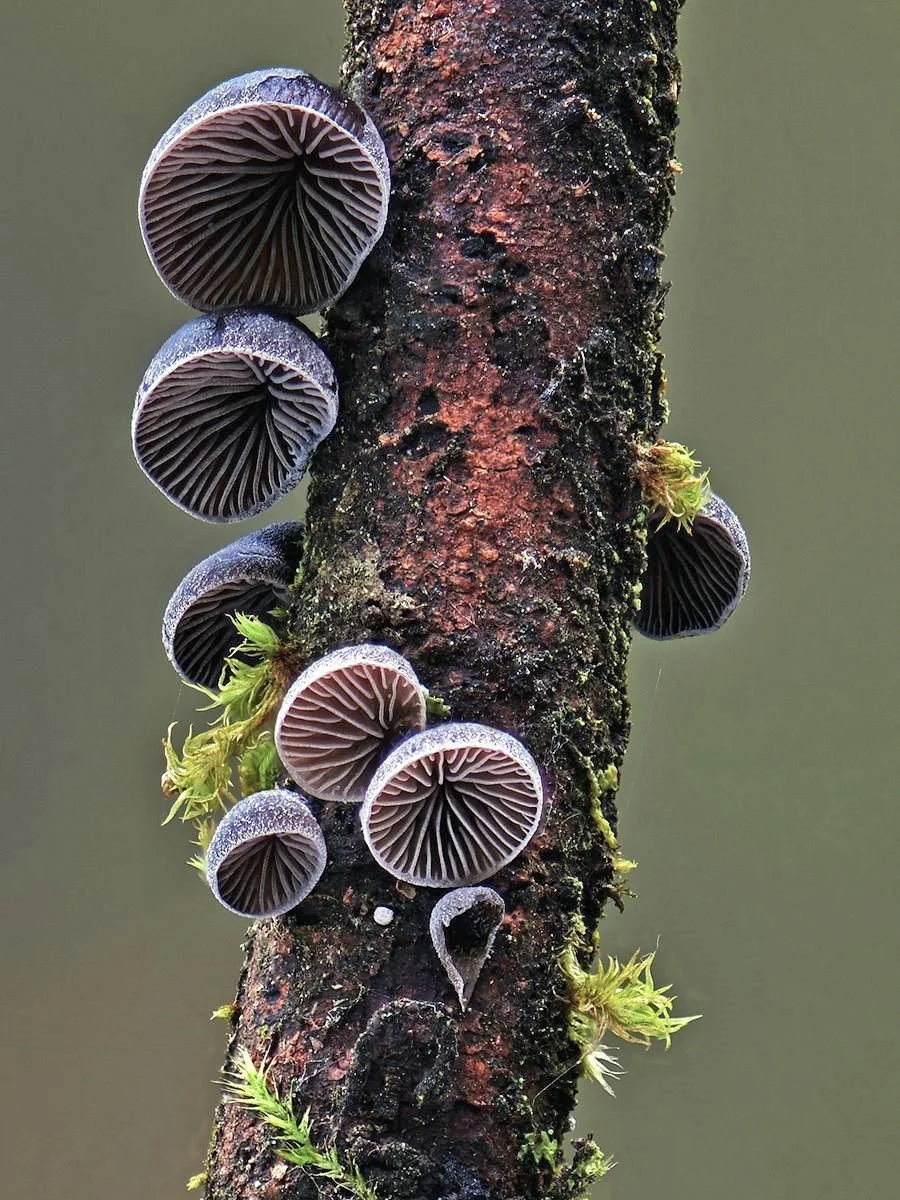How we protect Fungi
People Protecting Fungi
FUNDIS is widely recognized as a leading NGO in community science. More recently, through the CA FUNDIS project, supported by funding from the State of California and the California Institute for Biodiversity, FUNDIS is now a key player in fungal documentation and conservation efforts. This unprecedented work began a statewide initiative to create a multi-year snapshot of fungal biodiversity in California. For the first time, fungi in California are receiving attention that is comparable to what plants and animals have received since the early 1900s across North America. We honor mycologists and conservationists, both past and present, who have made significant strides in the formidable task of describing the funga of North America. Though, at the current rate, it would take 2,000 years to describe them all. Therefore, the CA FUNDIS project stands, with our project partners, at the forefront of a crucial initiative, establishing a comprehensive library that recognizes every fungal species found within the state.
Conservation happens through dynamic cycles of assessment, planning, and action. First we ask, what is the current state of fungi in a given place? Then we bring together communities, integrate strategies, set goals, and make a plan. Lastly, we take action, adjust as needed, and raise awareness. Only after cycling through this inquiry numerous times do we gain a better understanding of the status of fungi and their conservation needs. To put things into perspective, we have gone through this organized cycle dozens of times for each state for plants and animals. But for fungi we are beginning the first focused, multi-year, state-wide cycle for California.
FUNDIS is taking an active approach to protecting biodiversity and the connectivity of habitats by raising awareness in the public sphere and setting the groundwork for conservation efforts and changes in environmental policy.
Fungi are architects of our resilient ecosystems, but they are neglected in conservation efforts across North America. We aim to change this, and to not only integrate fungi into existing conservation frameworks, but to also create new pathways that better understand and protect fungi and their habitats.
Our top three recommendations for 2024
Open up state, regional, and federal funding for fungal biodiversity research so that Funga can be studied equally to Flora and Fauna.
Increase and strengthen localized community science networks through FUNDIS Local Projects.
Create state mushroom campaigns to elevate fungi in public and state appreciation. Currently only these states recognize mushrooms as state symbols: California, Minnesota, Oregon, Texas, Utah, and Massachusetts.
Photo by Stu Pickell


